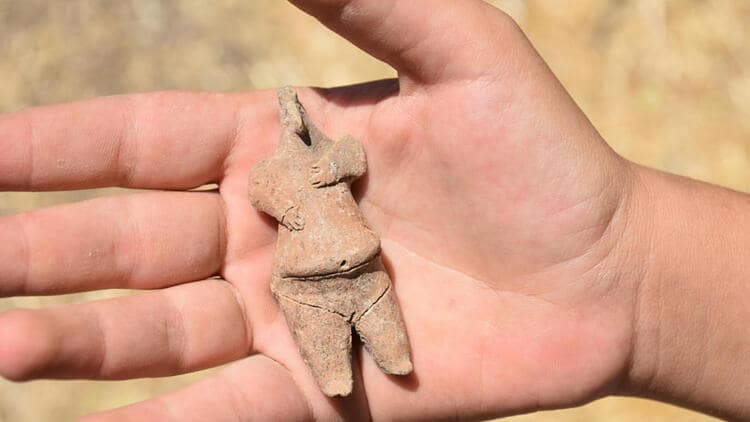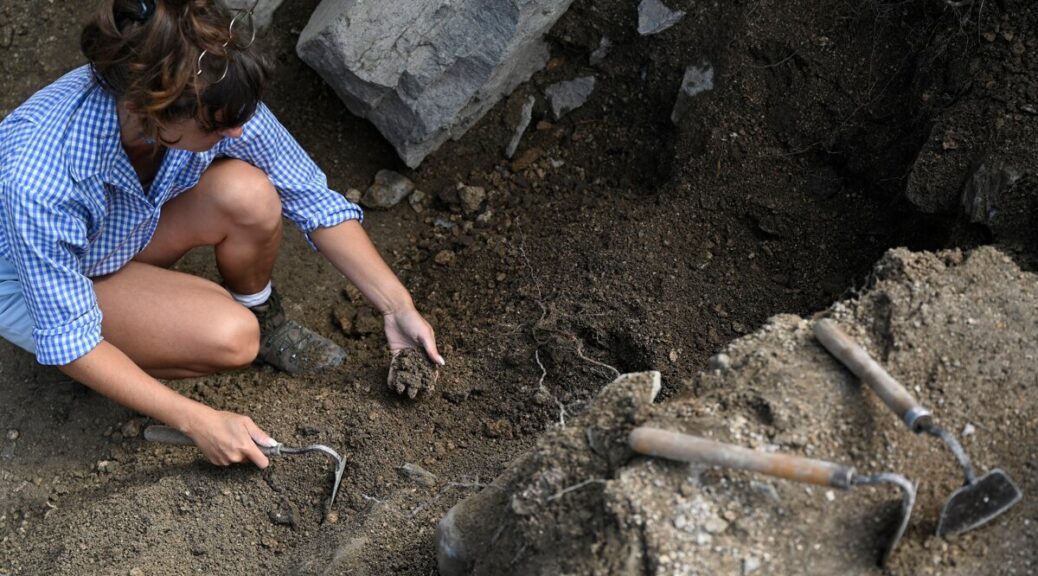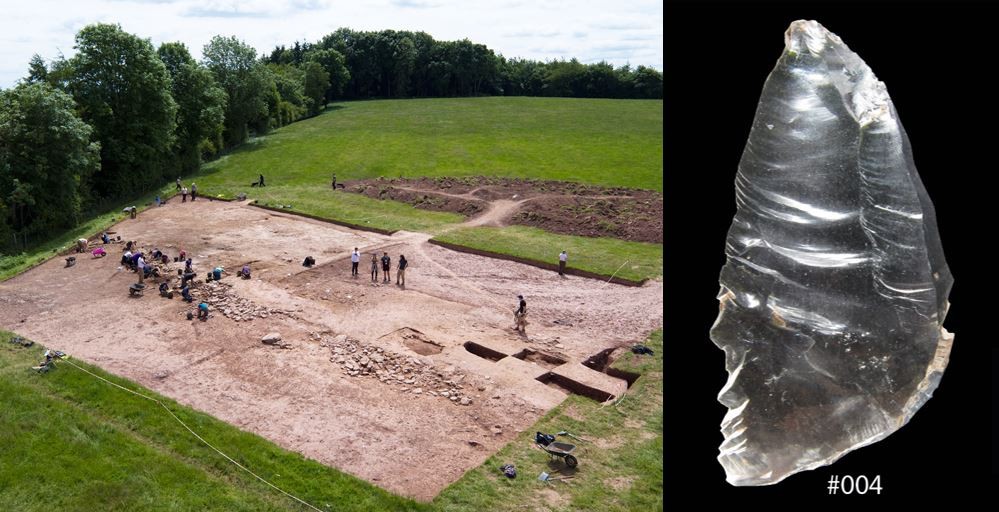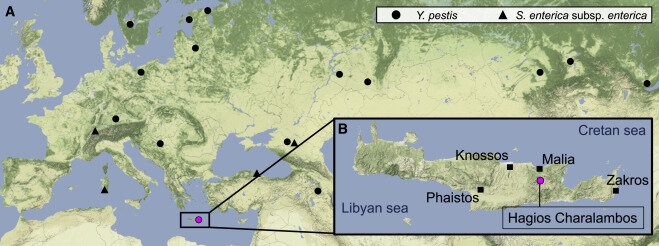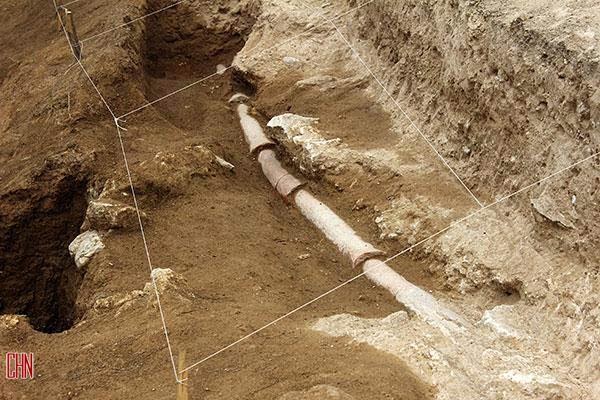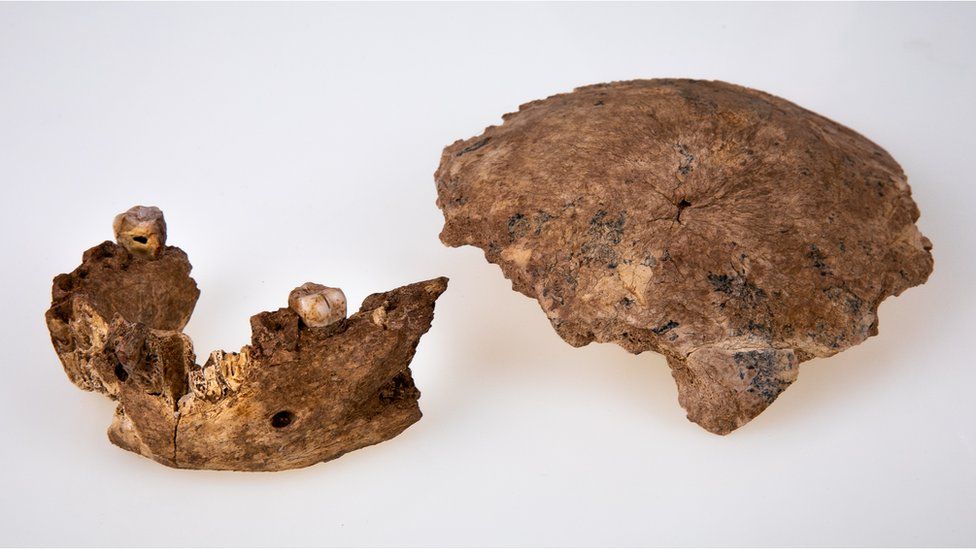7,800-year-old female figurine discovered in Ulucak Höyük in western Turkey

A clay statuette of a female figure dating back 7,800 years were unearthed during the Ulucak Mound excavation in the Kemalpaşa district of the western province of Izmir.
Professor Özlem Çevik from the Department of Protohistory and Pre-Asian Archeology at Trakya University’s Faculty of Letters, who is leading the excavations in Ulucak, told Anadolu Agency (AA) that the mound is the site of the first farmer village settlement of Izmir.
“It is among the oldest settlements in Western Anatolia, and we have unearthed findings dating back 8,850 years in the mound,” Çevik said.

Noting that the team discovered that the Ulucak Mound had been inhabited continuously for 45 generations with villages established one on top of the other, Çevik added: “During the excavations of a house this year, we found a whole female figurine made of clay.
We have previously found similar statuettes but they were usually broken.
The latest figurine is important for us as it is the third figurine found in an intact form here.”
According to Çevik, these kinds of statuettes were previously thought to depict gods and goddesses, however, they were also found in the dumpsite of the ancient mound which leads researchers to believe that they were not sacred pieces.
Archaeologists think that the figurines may be related to important events like births, deaths or the harvest and may be used to increase abundance and fertility or for witchcraft.

The Ulucak Mound, located 25 kilometers (15 miles) east of Izmir, features cultural artifacts from the early Neolithic period to the late Roman-early Byzantine era.
The site was discovered by British archaeologist David French in the 1960s but it remained unexplored until excavations began in the middle of 1990s.
The very first excavation period between 1995 and 2008 was headed by archaeologist Altan Çilingiroğlu and the Izmir Archaeological Museum.
Since 2009, Çevik of Trakya University has been directing the studies at the archaeological site.
The excavations in Ulucak have already produced valuable insights into the emergence and development of prehistoric cultures in western Türkiye.
